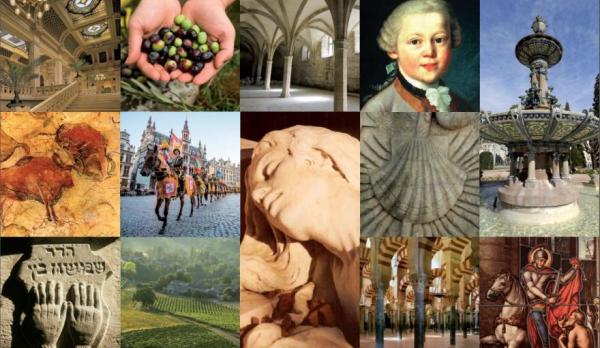The Cultural Routes of the Council of Europe

The Cultural Routes of the Council of Europe programme (www.coe.int/routes) was launched by the Council of Europe in 1987 with the Santiago de Compostela Declaration. By means of different itineraries, which crisscross the European continent, the Cultural Routes of the Council of Europe act as channels of dialogue, underlining Europe’s common cultural identity, protecting and promoting material and immaterial heritage. Cultural Routes create a bridge between places and people, travellers and local communities and encourage mutual exchange and enrichment across boundaries. The Cultural Routes of the Council of Europe provide a wealth of cultural and tourism activities for all citizens across Europe and beyond and promote responsible sustainable development. International partnerships with the EU, UNESCO, UNWTO, OECD, ICOMOS are well-established.
The over 30 Cultural Routes of the Council of Europe cover a range of different themes, from architecture to landscapes, from religions to civilizations, from gastronomy to handicrafts, to the major figures of European art, music and literature. The certification “Cultural Route of the Council of Europe” is a guarantee of excellence. The networks implement innovative activities and projects pertaining to five main priority fields of action: co-operation in research and development; enhancement of memory, history and European heritage; cultural and educational exchanges for young Europeans; contemporary cultural and artistic practic



